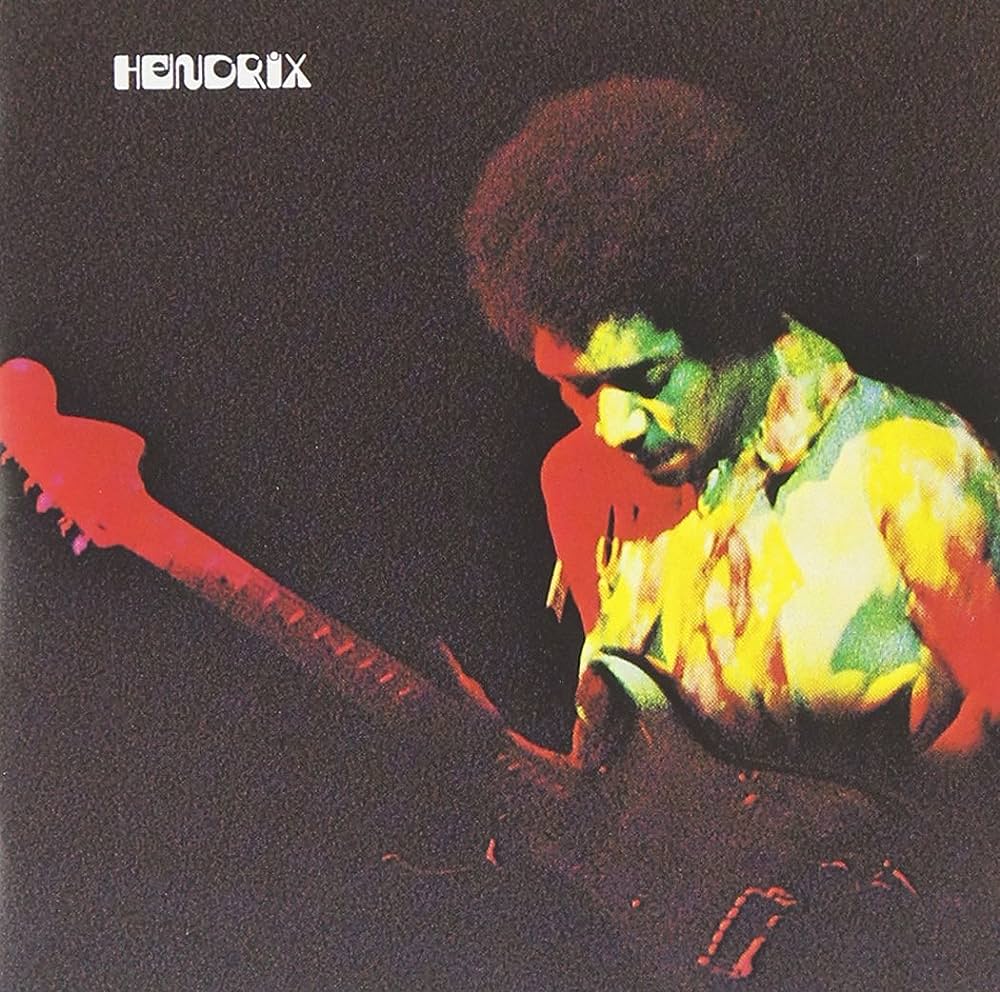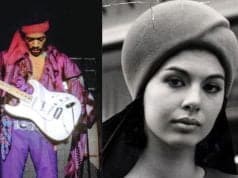Jimi Hendrix, renowned for his virtuoso guitar skills and boundary-breaking music, was always more than just the frontman of the The Jimi Hendrix Experience. His journey with the Band of Gypsys at the famed Fillmore East stands as a testament to his dynamic artistry and willingness to experiment.
The End of the Jimi Hendrix Experience and the Birth of the Band of Gypsys
The close of the ’60s saw the dissolution of The Jimi Hendrix Experience. Tensions within the band and the pressure of the spotlight had taken their toll, leading to the iconic group’s end. Following this, Hendrix briefly assembled a band named Gypsy Suns and Rainbows for his historic performance at Woodstock. Though short-lived, this ensemble marked Hendrix’s initial steps towards a departure from his familiar psychedelic hard rock sound.

Credit: Sugarmegs
The formation of the Band of Gypsys represented a deeper dive into this new direction. With the inclusion of Billy Cox and Buddy Miles, the musical dynamic shifted notably. Their backgrounds in soul and funk influenced Hendrix, guiding him to infuse these genres into his repertoire. Their combined efforts bore fruit in tracks such as “Who Knows” and “Message to Love,” which pulsated with Hendrix’s iconic guitar riffs, yet were infused with the rhythm-heavy cadence of funk. Then there was “Changes,” a Buddy Miles-led number that exuded soulful vocals against a backdrop of Hendrix’s guitar mastery.
However, this transition wasn’t universally embraced. Hendrix’s manager, Michael Jeffery, held reservations about this new direction. He believed in the commercial success of Hendrix’s psychedelic hard rock sound and viewed this pivot towards soul and funk as a risky venture. His influence on Hendrix was palpable, and their relationship often swayed the trajectory of Hendrix’s musical journey.
The tensions came to a head with Buddy Miles. Despite his significant contribution to the Band of Gypsys sound, Miles faced criticism, primarily from Jeffery. Disagreements over musical direction, coupled with external pressures and interpersonal conflicts, eventually led to Miles being let go from the band.
Band of Gypsys – The Fillmore East Concerts
The Band of Gypsys made their mark at the Fillmore East on New Year’s Eve of 1969. Across two nights, they delivered four distinct performances, each radiating with Hendrix’s musical metamorphosis. Diverging from the psychedelic rock tapestry of the “Experience,” the Band of Gypsys introduced audiences to a grittier, funk-driven sonic landscape. Among the myriad of tracks, “Machine Gun” resonated profoundly. Beyond its evocative lyrics – a fervent protest against the Vietnam War – it was Hendrix’s soul-stirring guitar solos that mirrored the era’s upheaval and unrest.
However, the Fillmore East concerts weren’t merely a creative choice; they were steeped in necessity. Hendrix was under significant pressure due to a lingering contractual obligation with PPX Enterprises. This obligation traced back to an ill-fated deal in 1965 or 1966, where a young and relatively unknown Hendrix, in need of quick cash, unwittingly signed a contract for just one dollar. The consequences of this hasty decision haunted him for years, and the Fillmore East concerts were, in part, an attempt to fulfill those contractual demands.
These performances, while born from a need to satisfy legal commitments, transcended their origins. They unveiled a fresh facet of Hendrix’s artistry, revealing an artist ever-evolving, even when circumstances seemed less than ideal.
Band of Gypsys Album

Credit: Amazon
From these iconic shows, the “Band of Gypsys” live album emerged. Unlike Hendrix’s earlier compositions, this was not sculpted within the confines of a studio. It was visceral, unfiltered, and pulsating with raw energy. The six tracks encapsulated the essence of Hendrix’s fresh direction, illustrating a new chapter in his musical journey and standing as a testament to his boundless artistry.
Over the years, the Fillmore East concerts have seen numerous releases, capturing the enduring fascination surrounding these performances. Initially, in 1970, the “Band of Gypsys” album offered a glimpse into the magic of those nights. However, it represented only a fraction of the full concert experience.
Subsequent years saw a myriad of releases aiming to deliver a more comprehensive representation. The 1999 release “Live at the Fillmore East” expanded the tracklist, allowing fans to immerse themselves in a larger portion of the shows. The dawn of the 21st century also witnessed the release of “Machine Gun: The Fillmore East First Show” in 2016, which, for the first time, showcased the entirety of the inaugural New Year’s Eve concert. The legacy got an added layer with the most recent release: “Songs for Groovy Children: The Fillmore East Concerts.” Released in 2019, this box set compiles all four concerts in their entirety, giving audiences an exhaustive experience of Hendrix’s prowess over those two nights.
Is There a Studio Version of “Machine Gun”?
While “Machine Gun” is a standout track from Jimi Hendrix’s live performances, especially from the Band of Gypsys’ Fillmore East concerts, unfortunately, this monumental song was never recorded in the studio.
Maybe the greatest Jimi Hendrix guitar solo ever!









